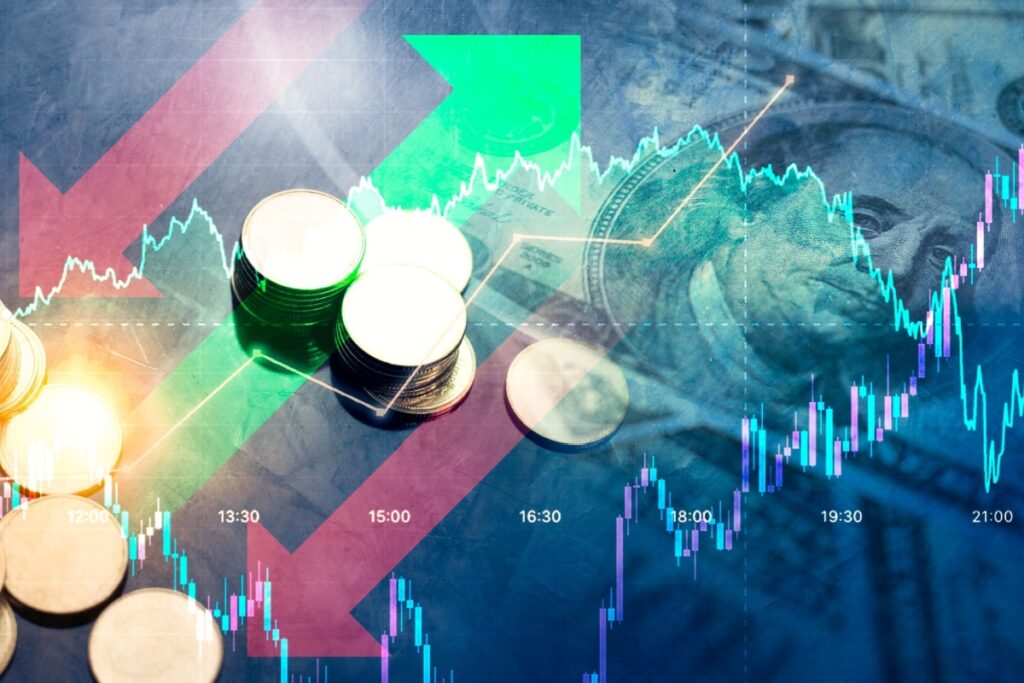With a brewing trade war between the United States and the rest of the world, everyday Australians could be in for yet higher prices.
On March 3rd 2025, United States President Donald Trump announced a sweeping change to their trade policy, imposing high tariffs on countries around the world, including Australia. While Australia is ‘only’ seeing a 10% tariff, countries such as Vietnam and China are seeing tariffs as high as a 46% and 34% respectively.
This has been felt across financial markets globally, with the Australian Stock Exchange (ASX) declining 1.5% on the news.
So, let’s break down what impact these tariffs are likely to have on Australians pocketbooks.
A quick recap on tariffs.
First things first: what is a tariff? In short, tariffs are a tax imposed on imported goods. The idea is to make foreign products more expensive, encouraging consumers to buy domestic products instead. In this case, that means any goods Australia sends to the United States will now be hit with an additional 10% cost. While this might sound like a good way to boost local industries, it can have some ripple effects, especially for countries that rely heavily on trade.

Trade war concept. Photography by Kowit Lanchu via Shutterstock.
Australia does a lot of trade with the US, though not as much as you might think.
Australia and the US have a decades-long trade relationship, with billions of dollars of goods and services exchanged every year. In 2024 alone, Australia exported about $20 billion worth of goods to the US, including beef and precious metals like gold. Meanwhile, Australians imported over $53 billion in 2024 that includes machinery, cars, trucks and pharmaceuticals. So, when the US decides to impose tariffs, it can definitely send some shockwaves Down Under.’
It’s not all doom and gloom, though. It’s worth noting, for instance, that the United States makes up a relatively small amount of Australia’s exports. In 2023, China—Australia’s largest trading partner—imported $219 billion of goods and services, or roughly a third of our total exports. So while Australia has a deep trading partnership with America, it is unlikely that most goods you buy in the supermarket or online will see an immediate impact. Even products like the iPhone, while designed in the US, are manufactured in lower wage countries like China and Vietnam.

Cargo ship entering Port Melbourne. Photography by ymgerman via Shutterstock
Will these tariffs increase the price of goods in Australia?
In the short term, these new US tariffs are likely to make Australian goods more expensive for American consumers. This could lead to less in demand for Australian exports like beef, wine, and machinery, impacting these businesses. For Australian businesses that rely on the US market, this isn’t great news, either. These companies may see a drop in sales, which could impact their bottom line and potentially lead to job losses here at home.
There is also the risk of Australia implementing its own tariffs. While the Federal Labor Government has thus far resisted putting retaliatory tariffs on American goods, there is a possibility this changes in the future. Any new tariffs on US goods could make the situation even worse for Australian consumers, who are already reeling from several years of high inflation.
Superfunds could be hit hard by long-term trade war with the US.
While Australian consumers are unlikely to feel the impact of these tariffs in the near term, these taxes could have a bigger impact on superannuation. Australian stocks were hammered on news of the tariffs, with the ASX losing about $50 billion in value. But that’s not all. In the past few years, Australian superfunds had invested $586 billion in foreign assets in the hopes of greater returns, especially in the United States stock market.
With the American stock market in freefall, Australian retirees and pre-retirees could be in for a squeeze as global markets are rattled. Much of this will depend on how long these tariffs are in place, yet at least for the time being the world is looking at a much dicier economic picture.
For those looking to get started in the stock market, read up on The Basics of Investing: Where to Start and How to Learn More. And with the cost of many goods and services squeezing many family budgets, here is our guide for How to Stay Ahead of Rising Inflation and the Cost of Living.


